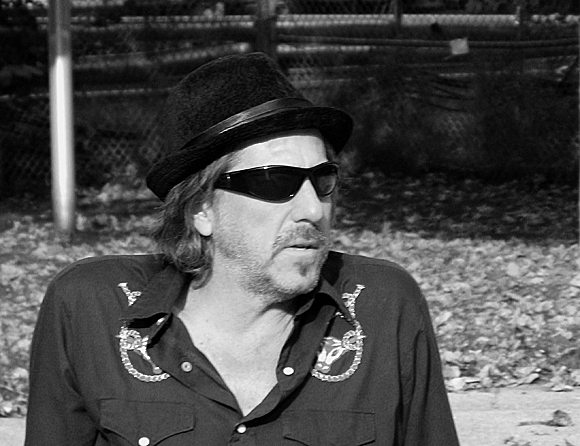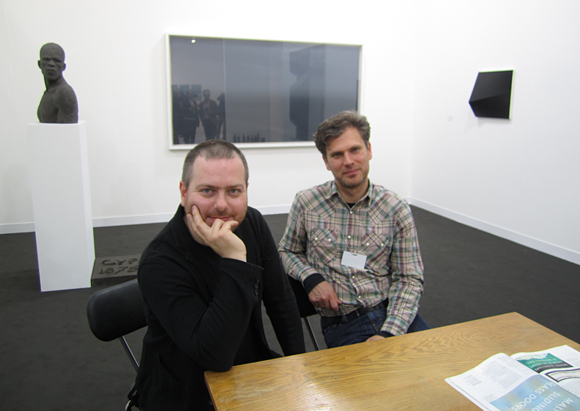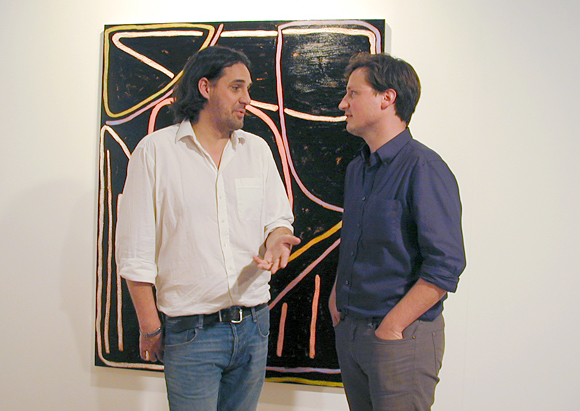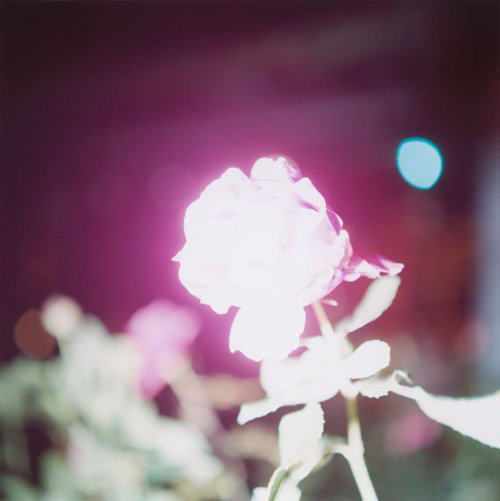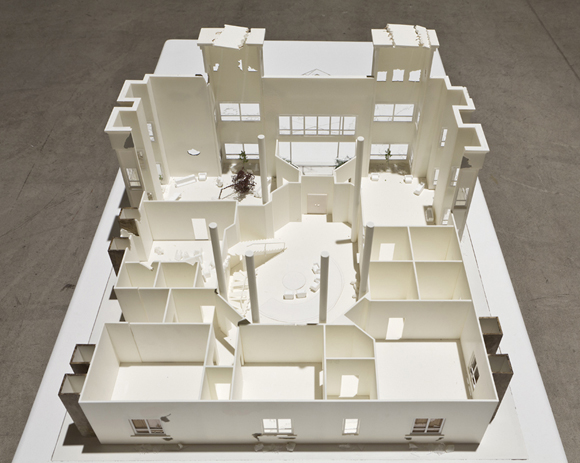
Haig Aivazian, Collapsing Foundations, 2010-Ongoing. Courtesy the artist and Parisian Laundry
Beirut-born, NY-based artist and curator Haig Aivazian is now showing his ongoing project at Parisian Laundry’s bunker space. “Collapsing Foundations†is a multi-part project comprised of written text, sculpture, drawing, video and a lecture performance, all of which seek to answer the following question: Can one erect a monument to an individual who has already erased the traces of his life’s work? Initiated from the CAD drawings of the artist’s late architect father, Aivazian here evaluates the potentials of languages and materiality, examines the notion of legacy and explores the relationships between private and public, through a wider body of research and various forms of presentations. M-KOS interviewed Aivazian during the opening of his exhibition.
M-KOS [MKOS]: How did “Collapsing Foundations†start off?
Haig Aivazian [HA]: I’ve been thinking about this project for several years now. Initially it was a fairly academic paper that I wrote. I had these drawings my father had done that I needed to do something with. I knew there was a potential in them but I wasn’t quite sure what to do with them. I wanted to explore the lines, explore them almost formally. I was thinking about drawing parallels between the collapse of a building and the collapse of a body, but mostly I was interested in the collapse of language in these moments: At the approach of death, what happens to language? What happens when we speak? What is our relationship to death as we speak? So I got interested in this idea of the very act of speaking, as an effort to ward off death. But the more we spoke, the more we are approaching death. So those are some of the ideas at the beginning point.
Continue reading “Collapsing foundations – in conversation with Haig Aivazian”





